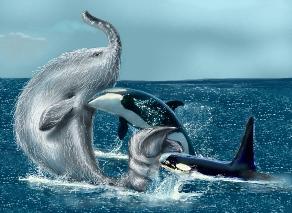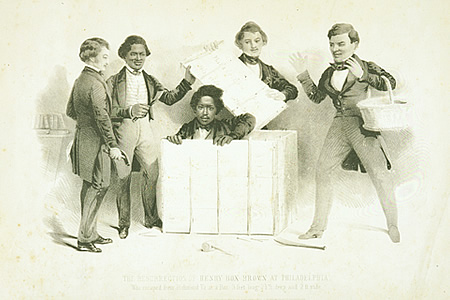
In October 1995 a group of Welsh high-school students discovered a 2-inch frog alive inside an old ring-pull can. The frog was much larger than the can’s opening, so it must have entered when it was small; the can’s sell-by date was May 1994, so it may have been trapped for a year or more.
How did it stay alive all that time? Possibly its odor attracted bugs, and rain and dew could have reached it through the can’s hole.
But possibly some animals can survive long periods with practically no resources. In the 19th century, English geologist William Buckland deliberately buried two dozen toads in chambers of limestone, sealing them in with a sheet of glass. The little ones survived for 13 months, he found, the big ones a few months longer.
That’s impressive, but there are limits, of course. Texas legend tells of “Old Rip,” a horned toad accidentally sealed in a courthouse cornerstone in 1897. When the building was demolished 31 years later, Rip supposedly hopped out. That sounds ridiculous, but supporters insist that the witnesses included two judges and a pastor. You can judge for yourself: Rip’s remains are on display at the Eastland County Courthouse.





